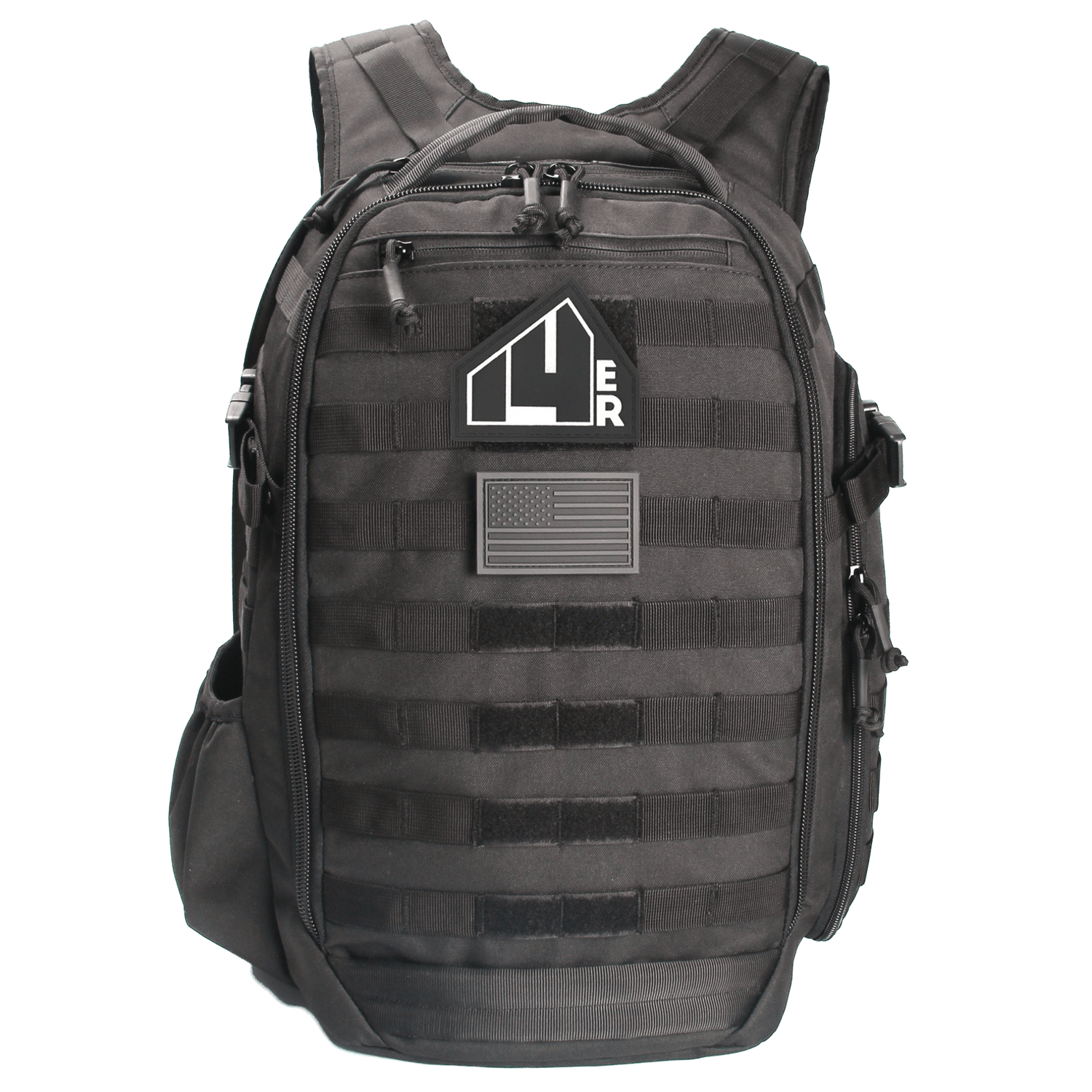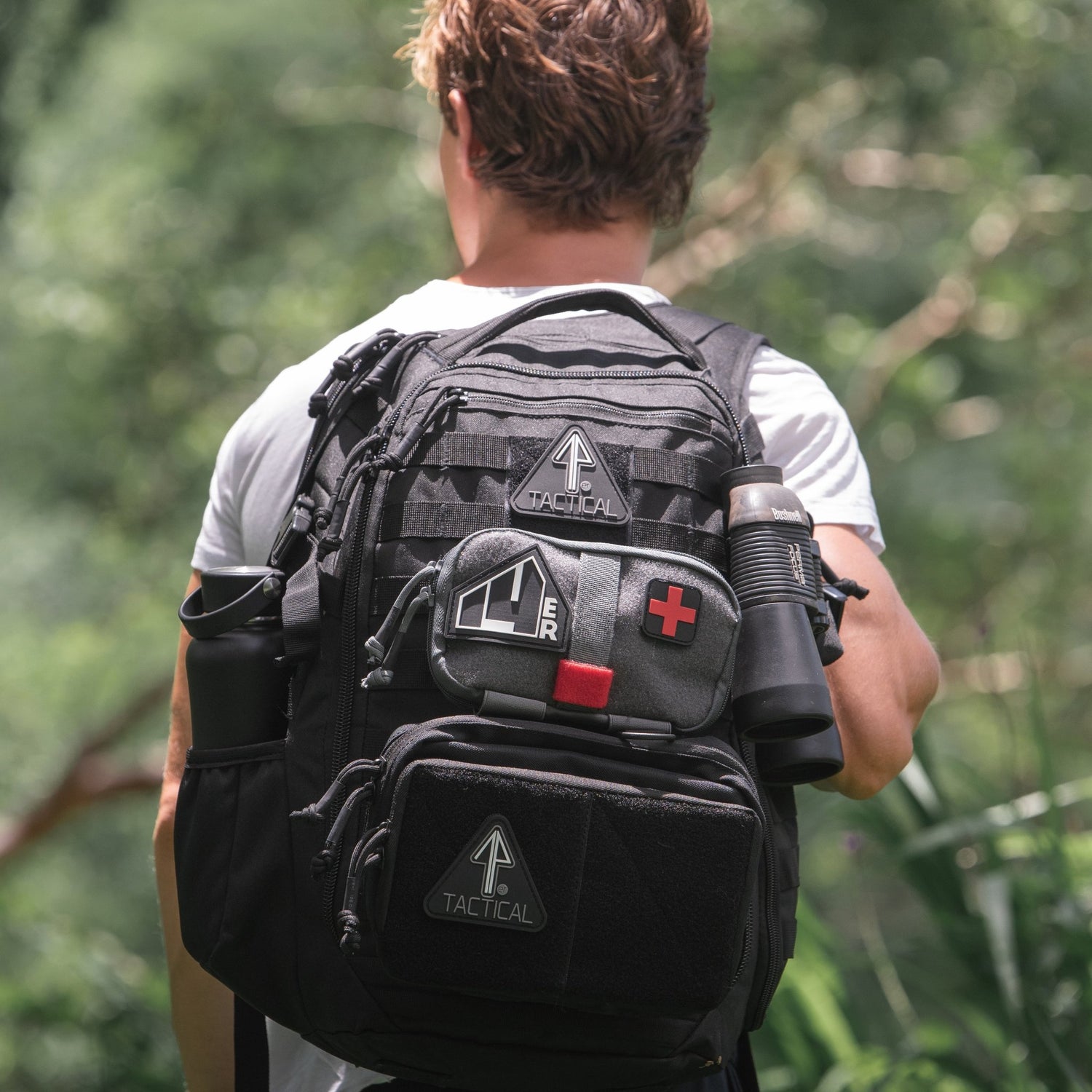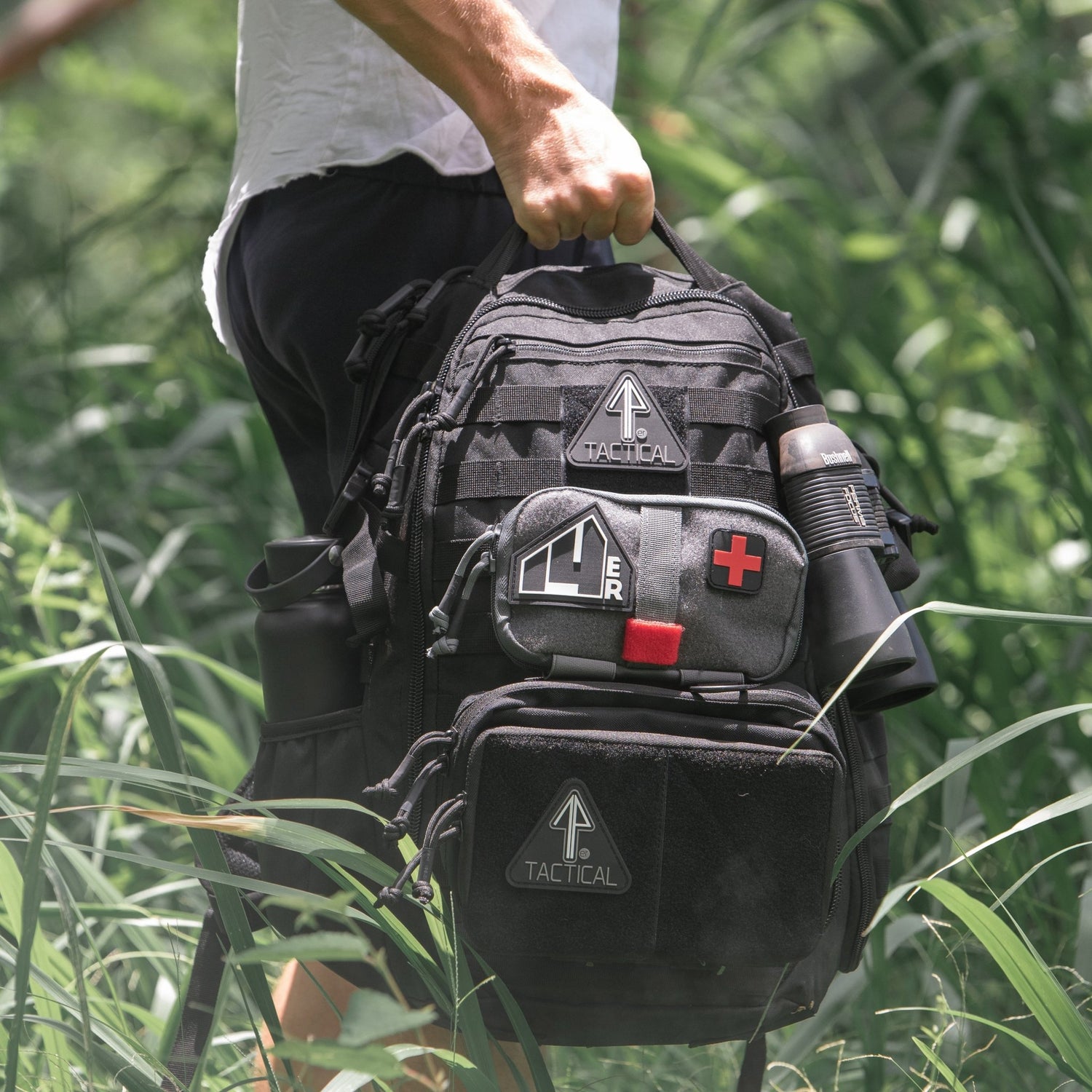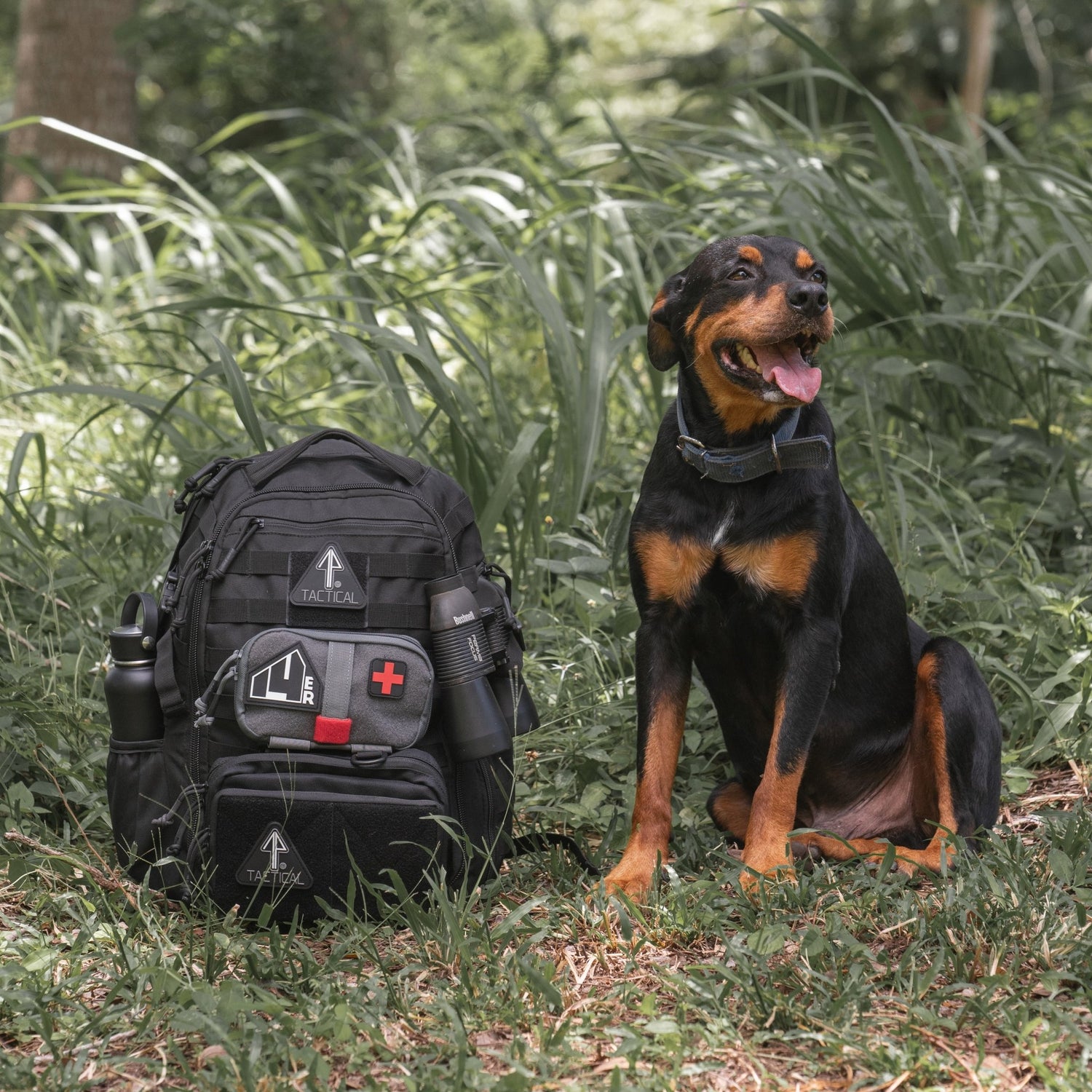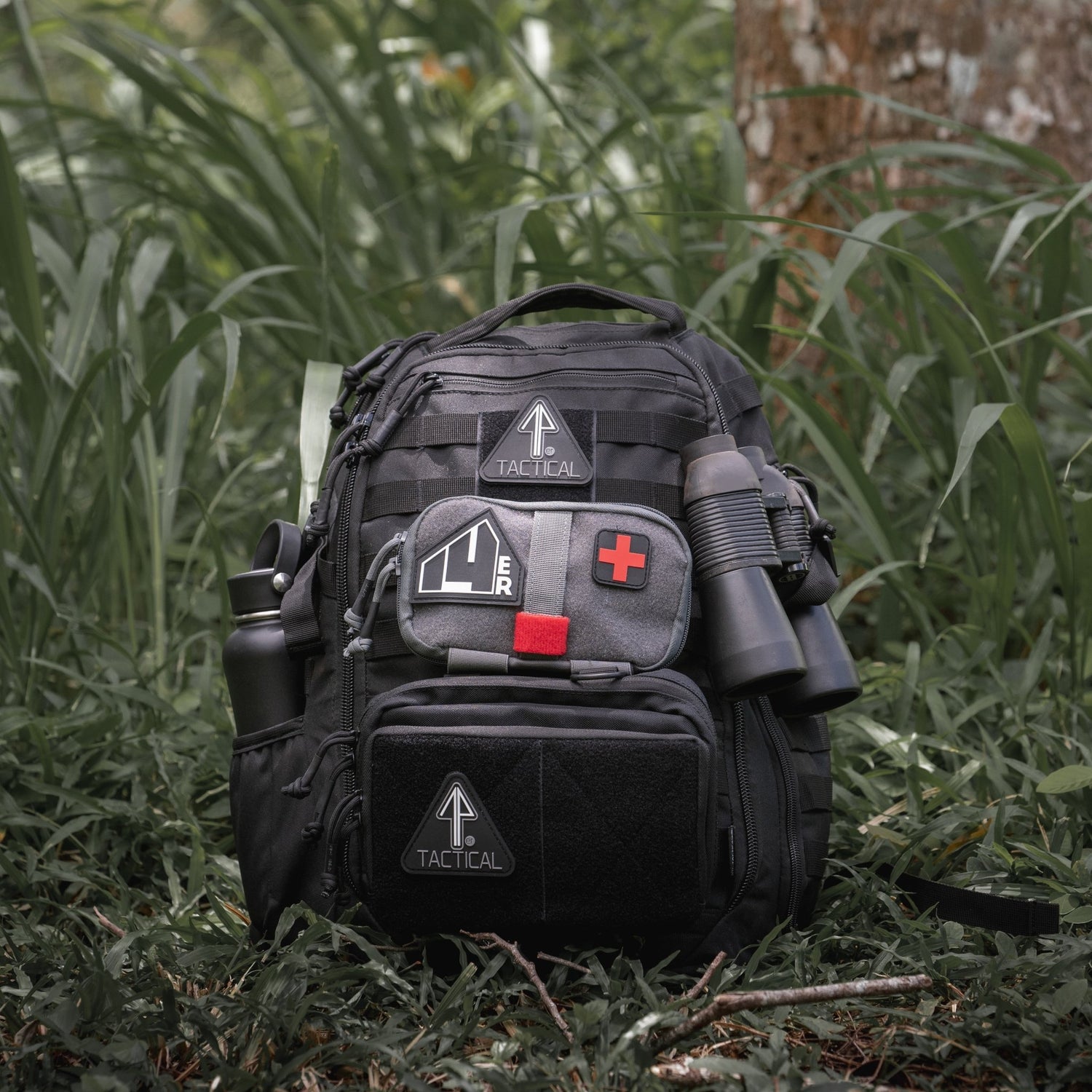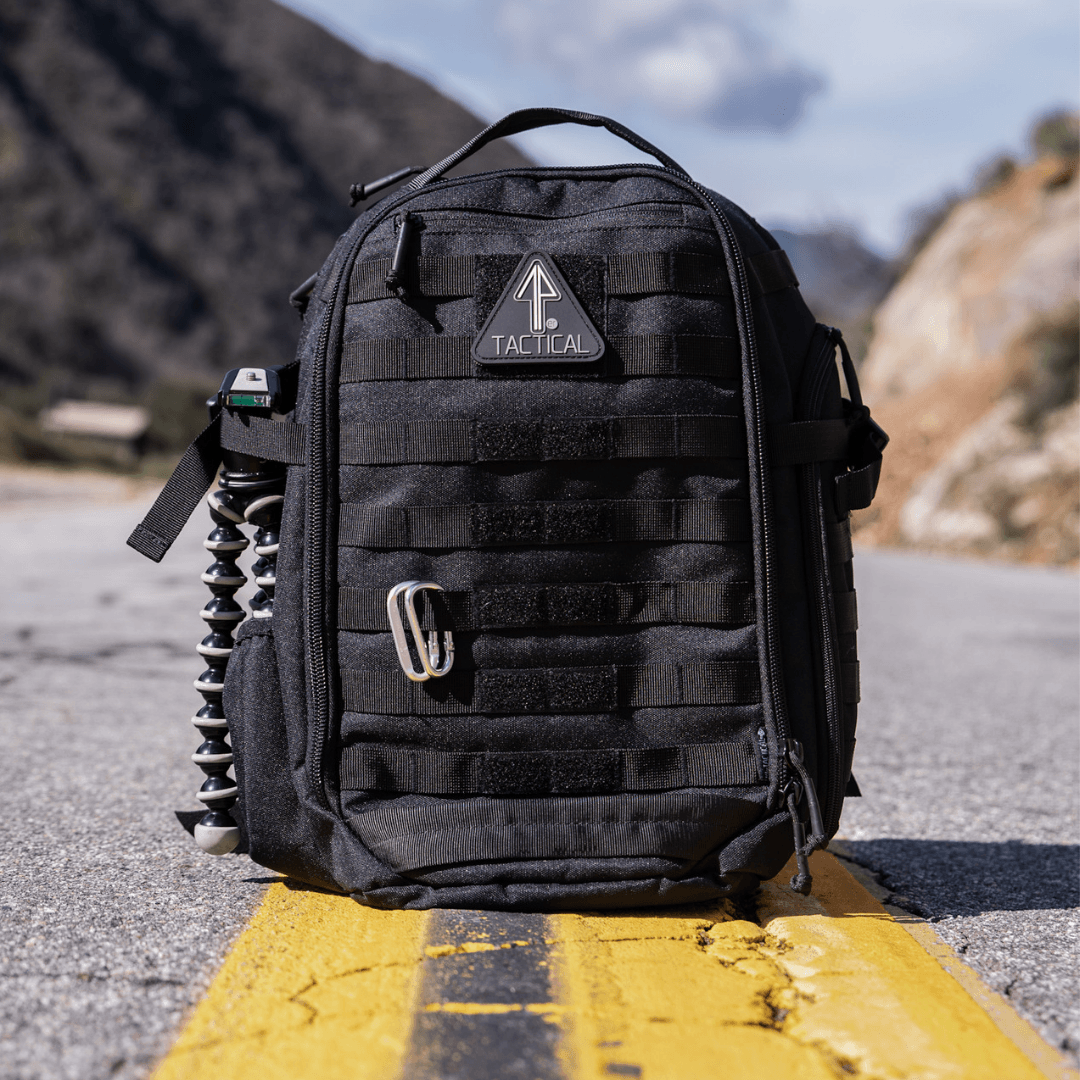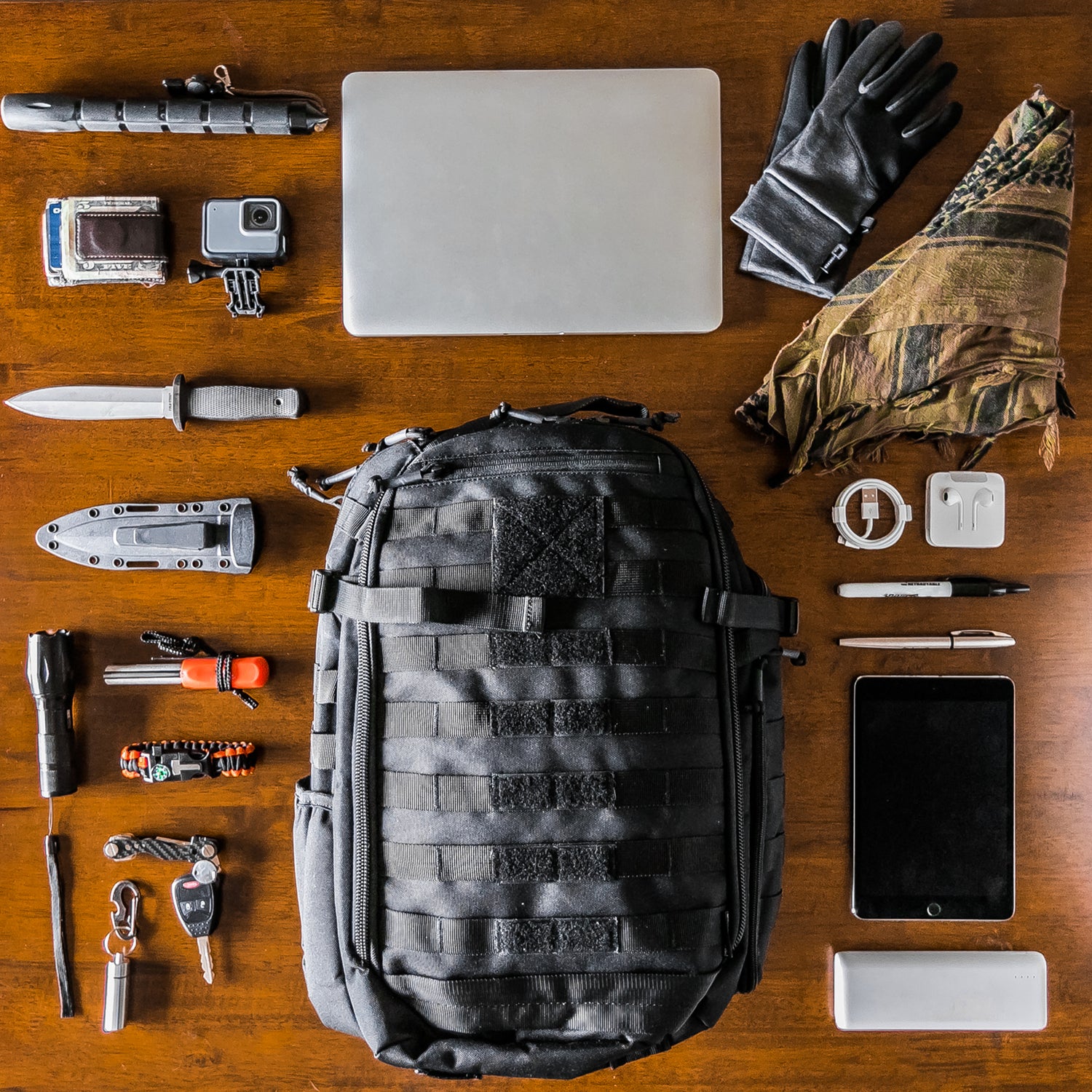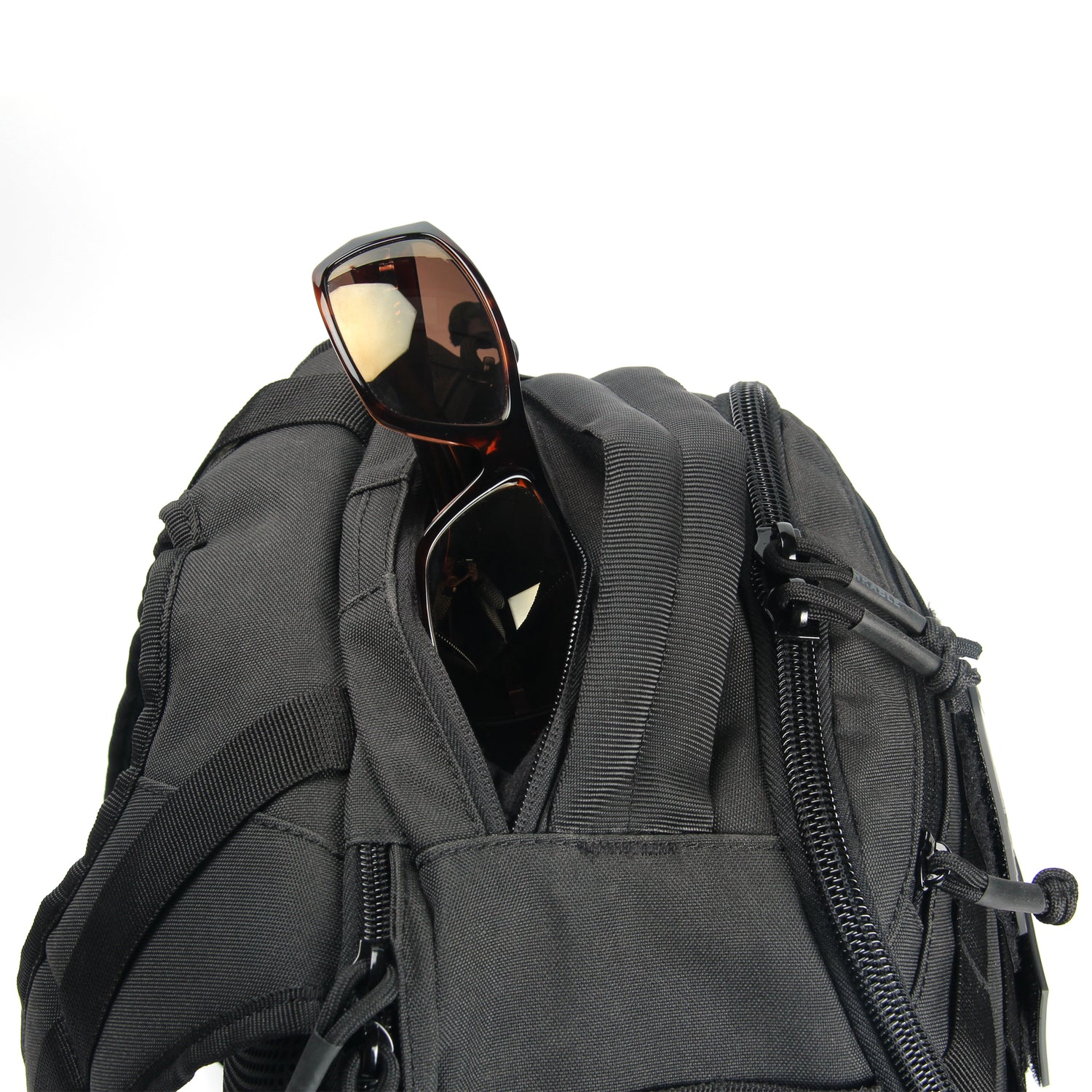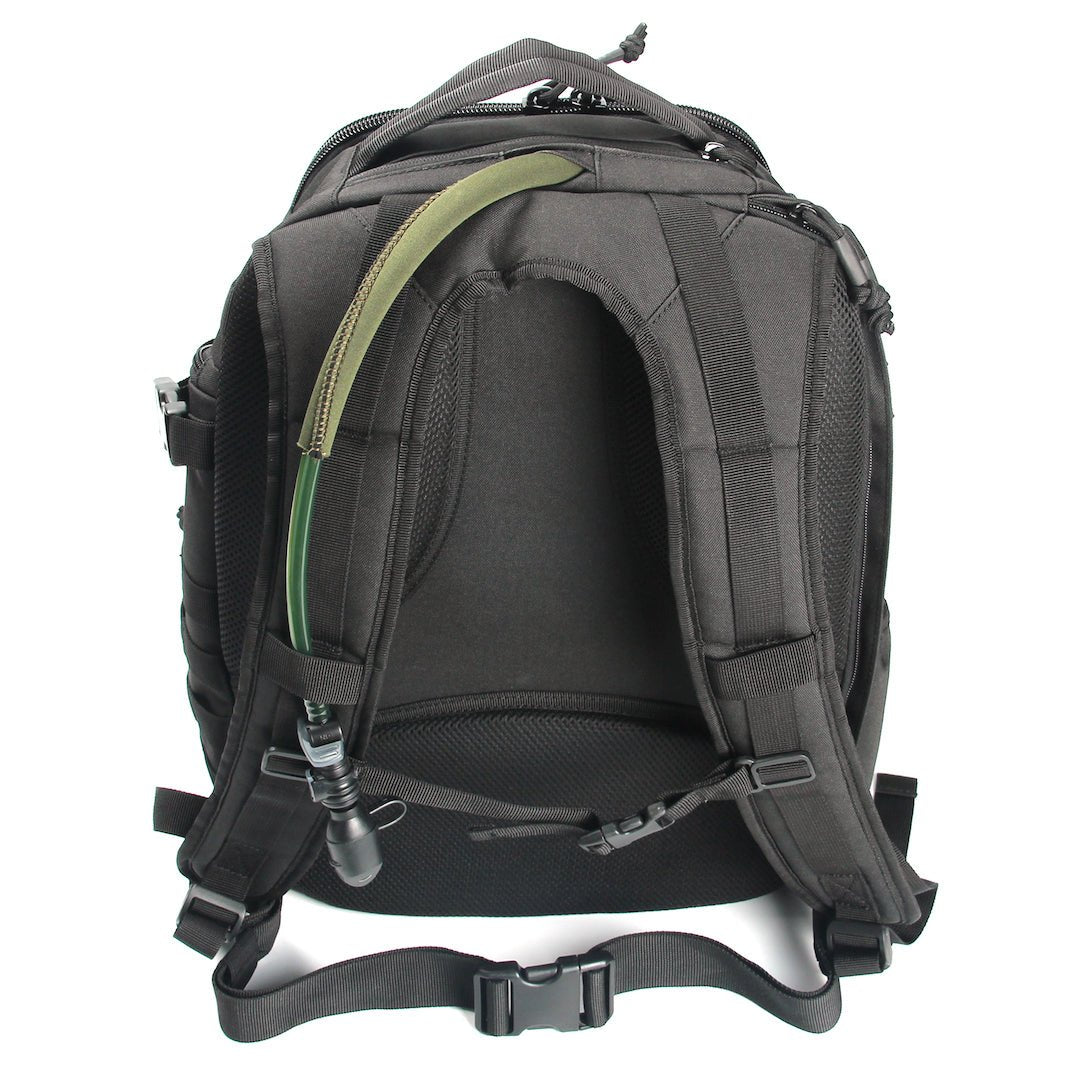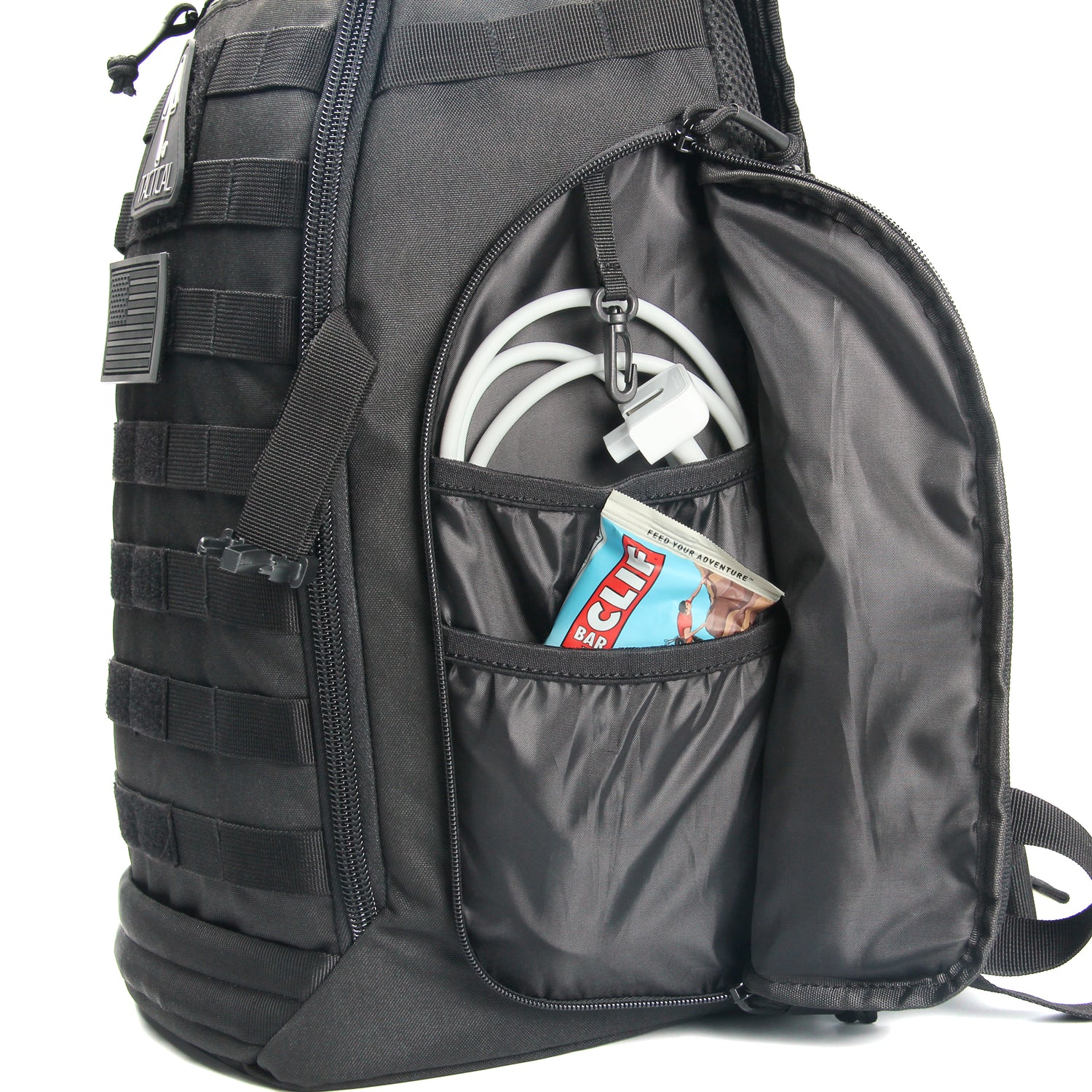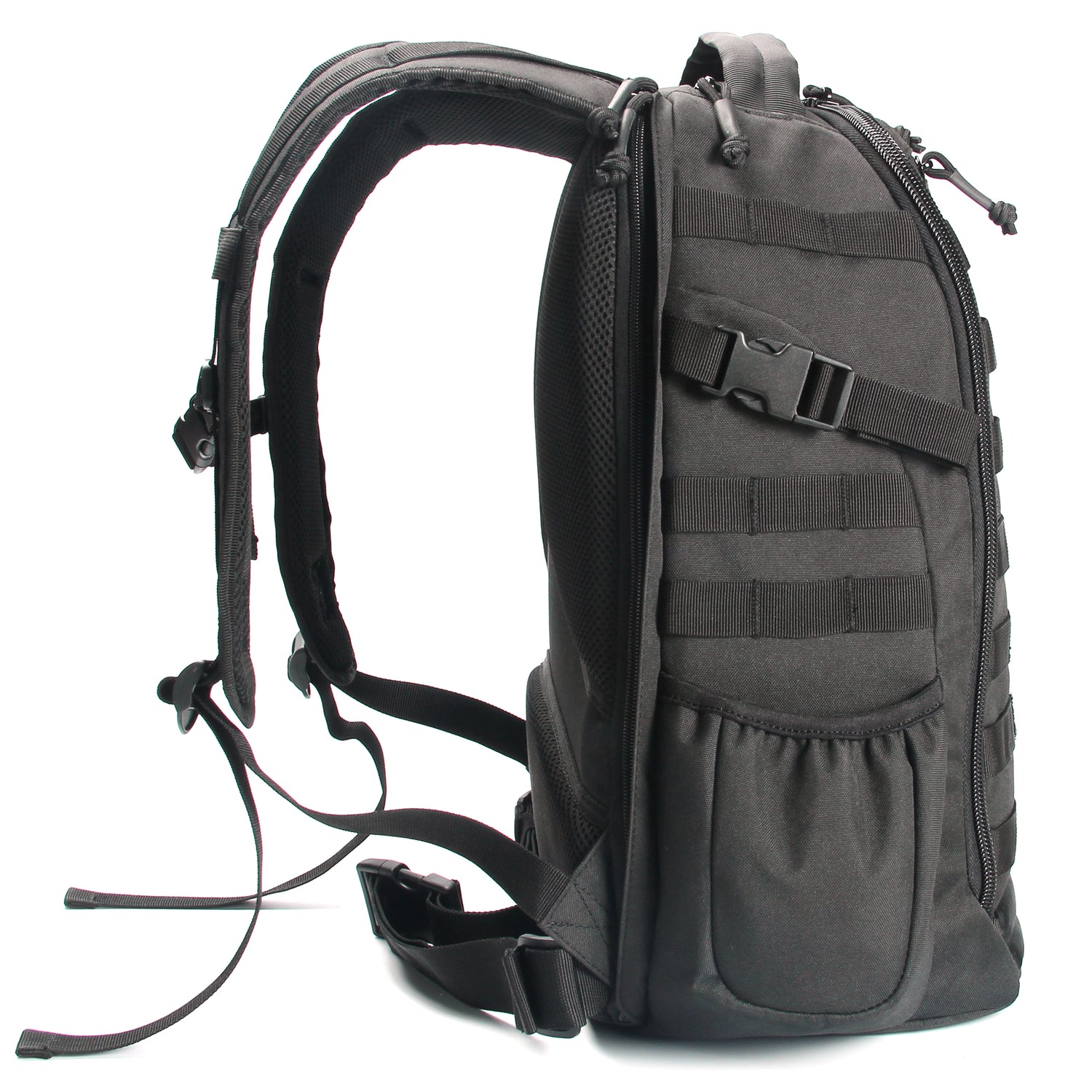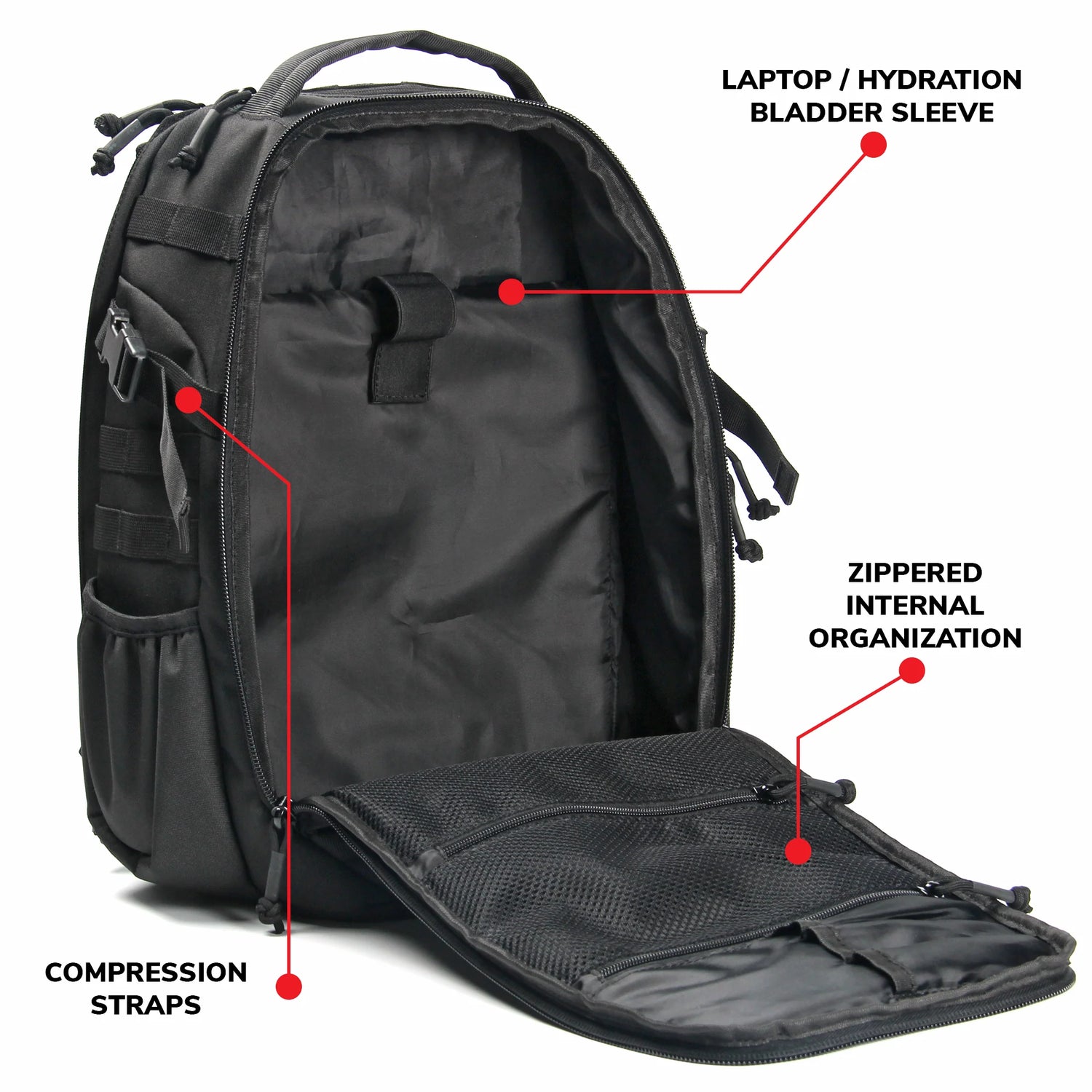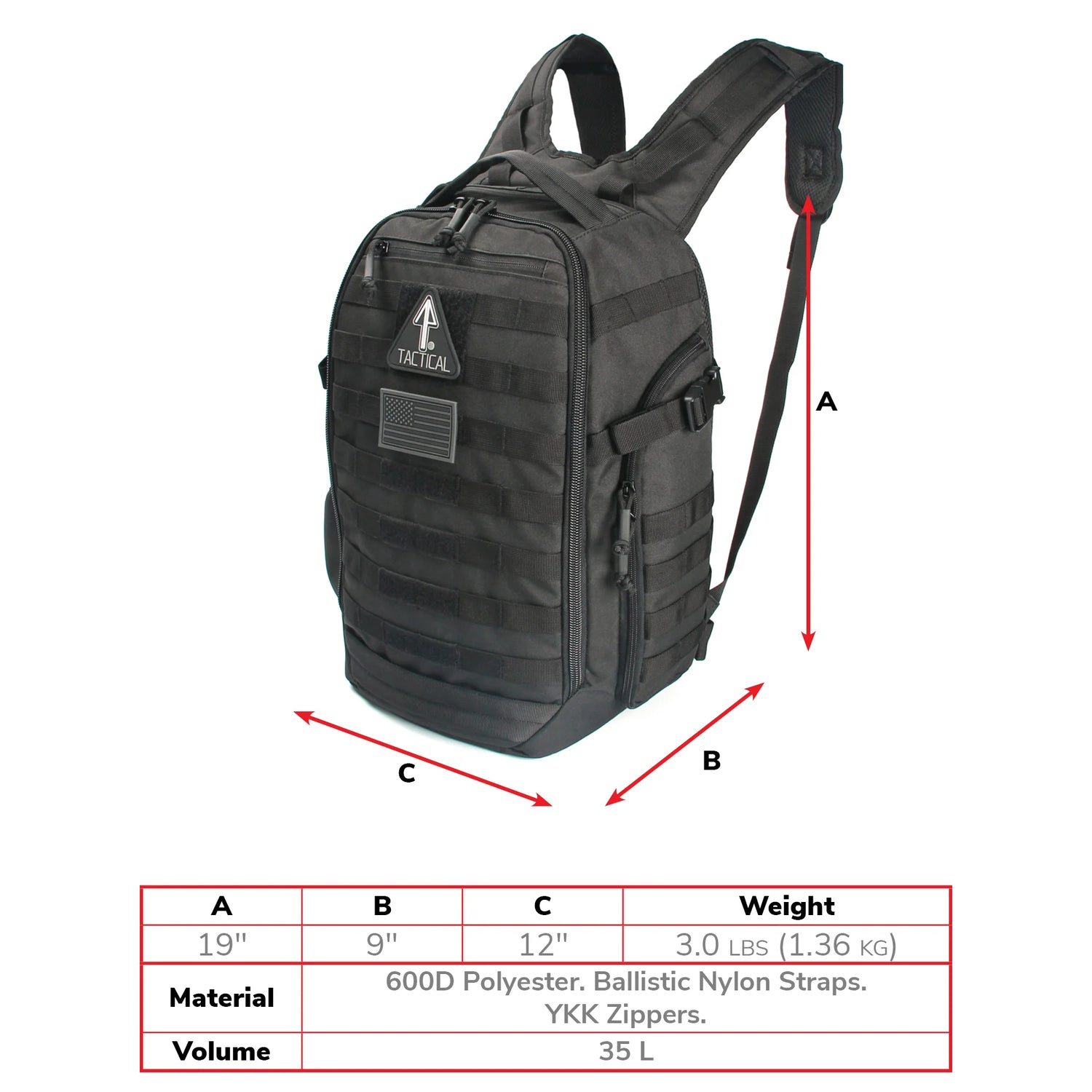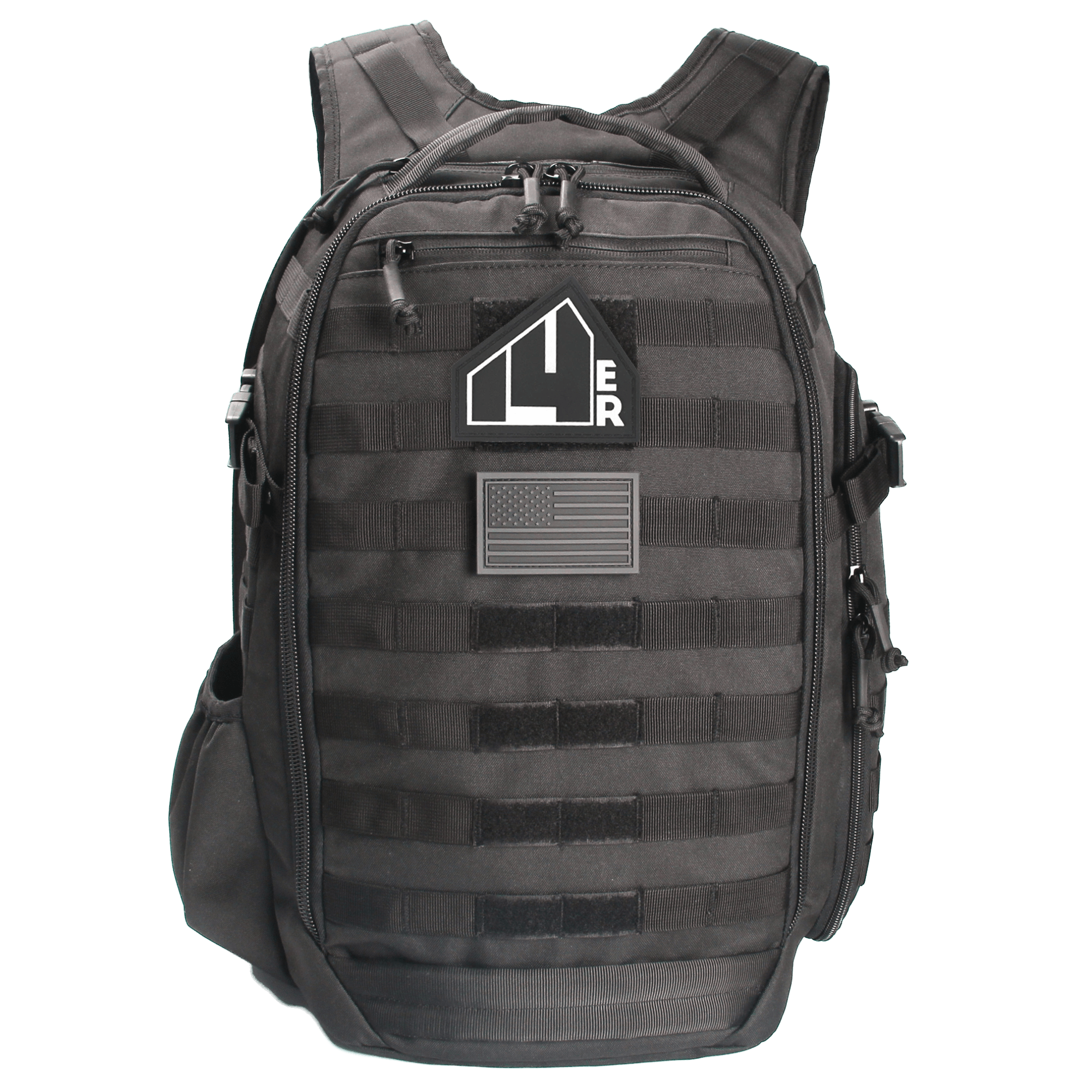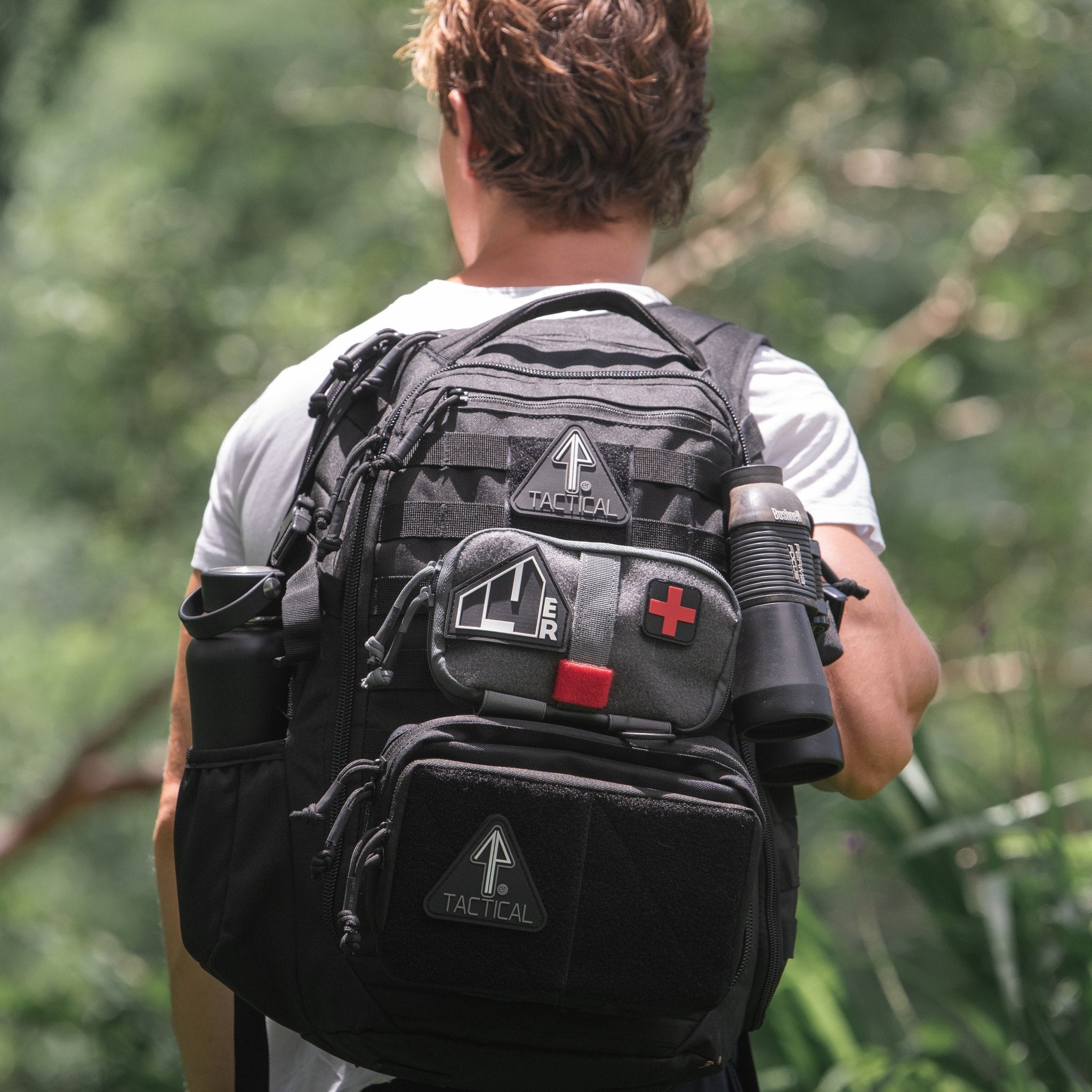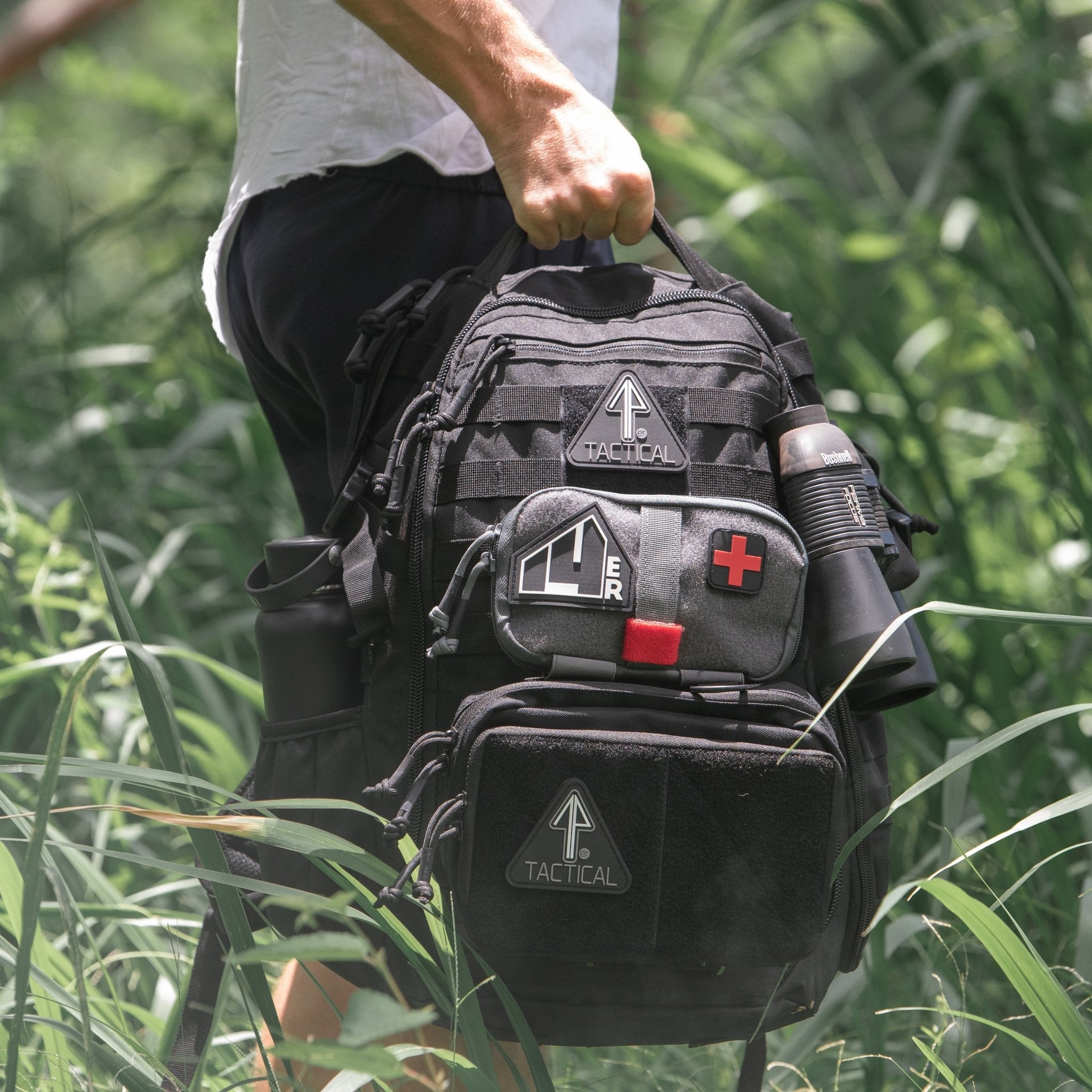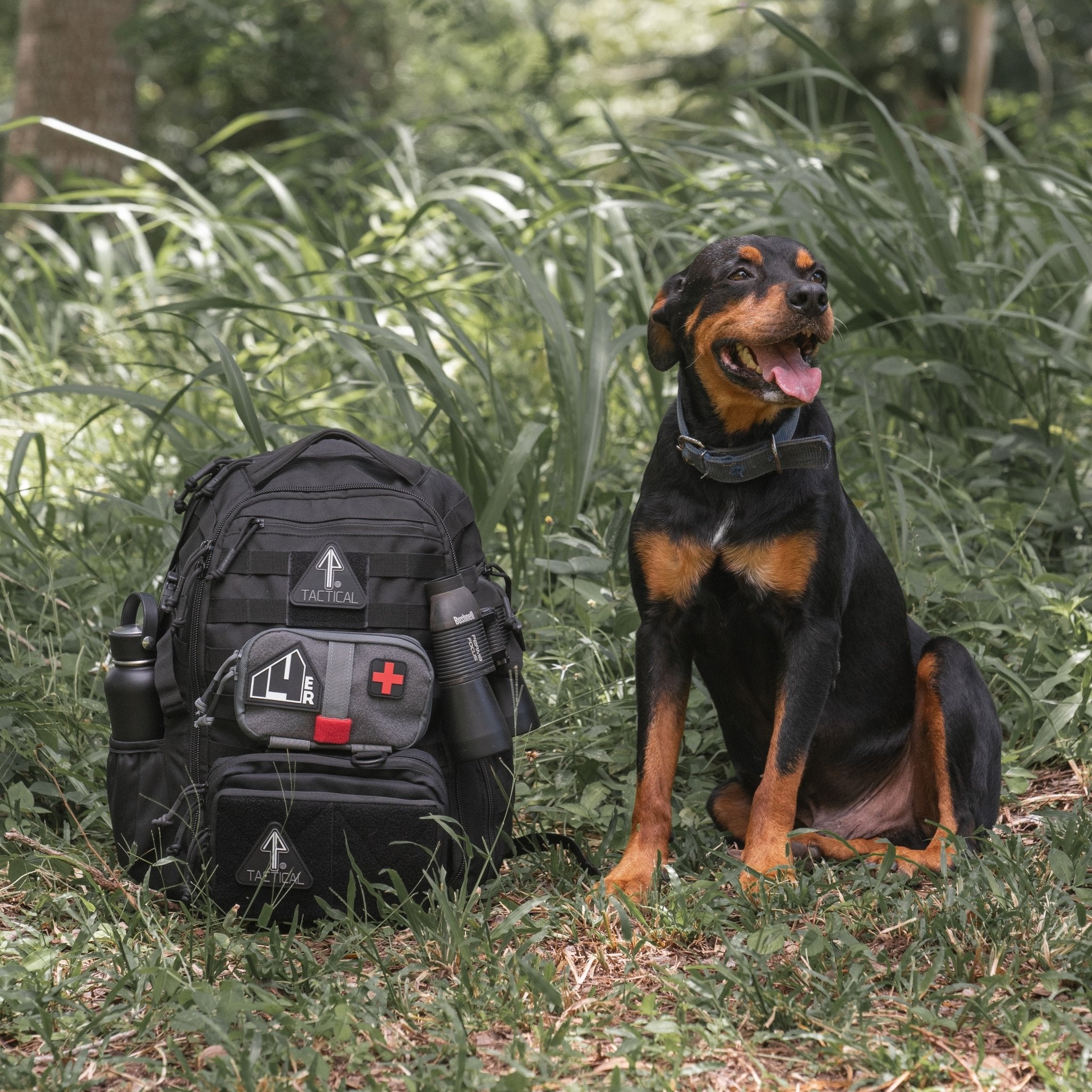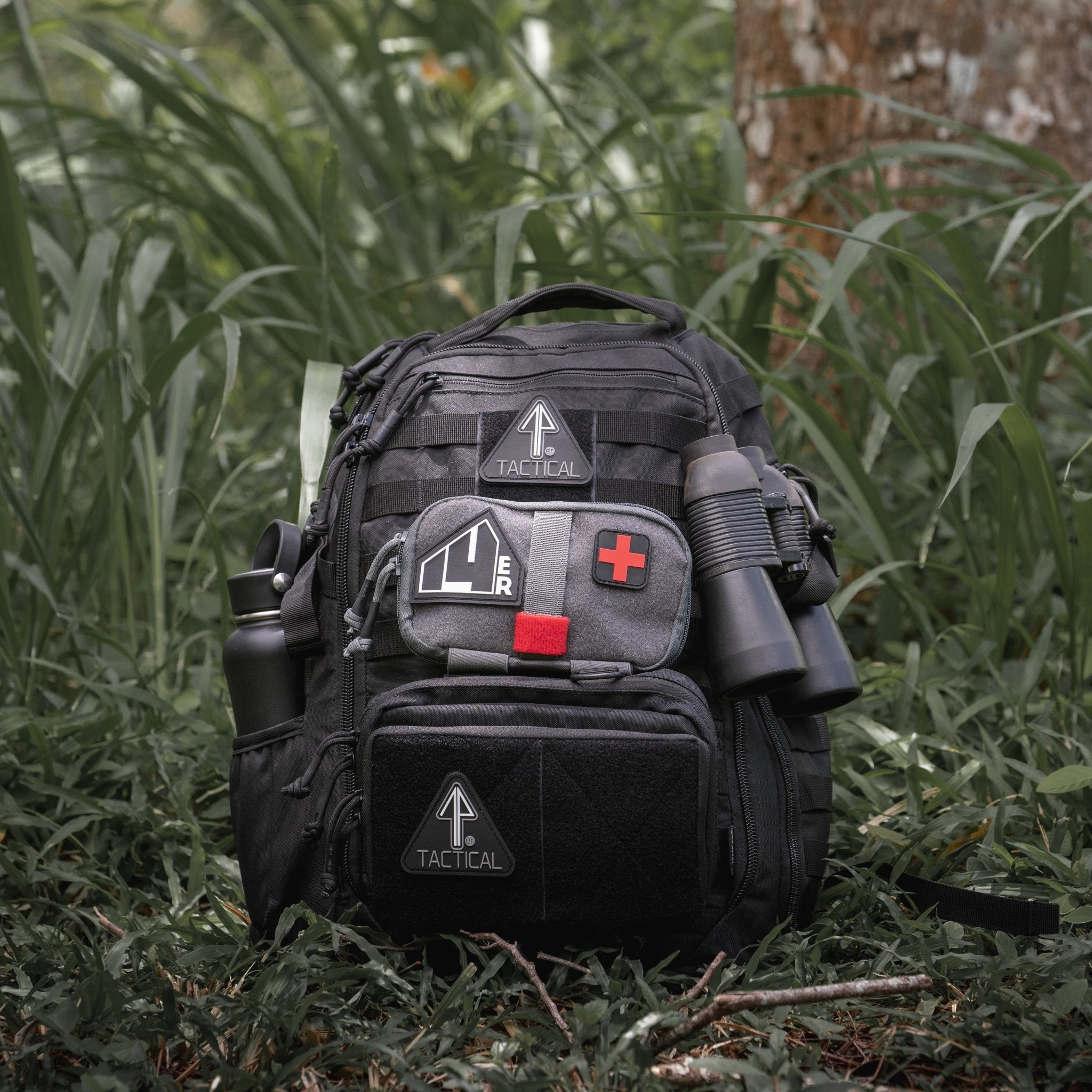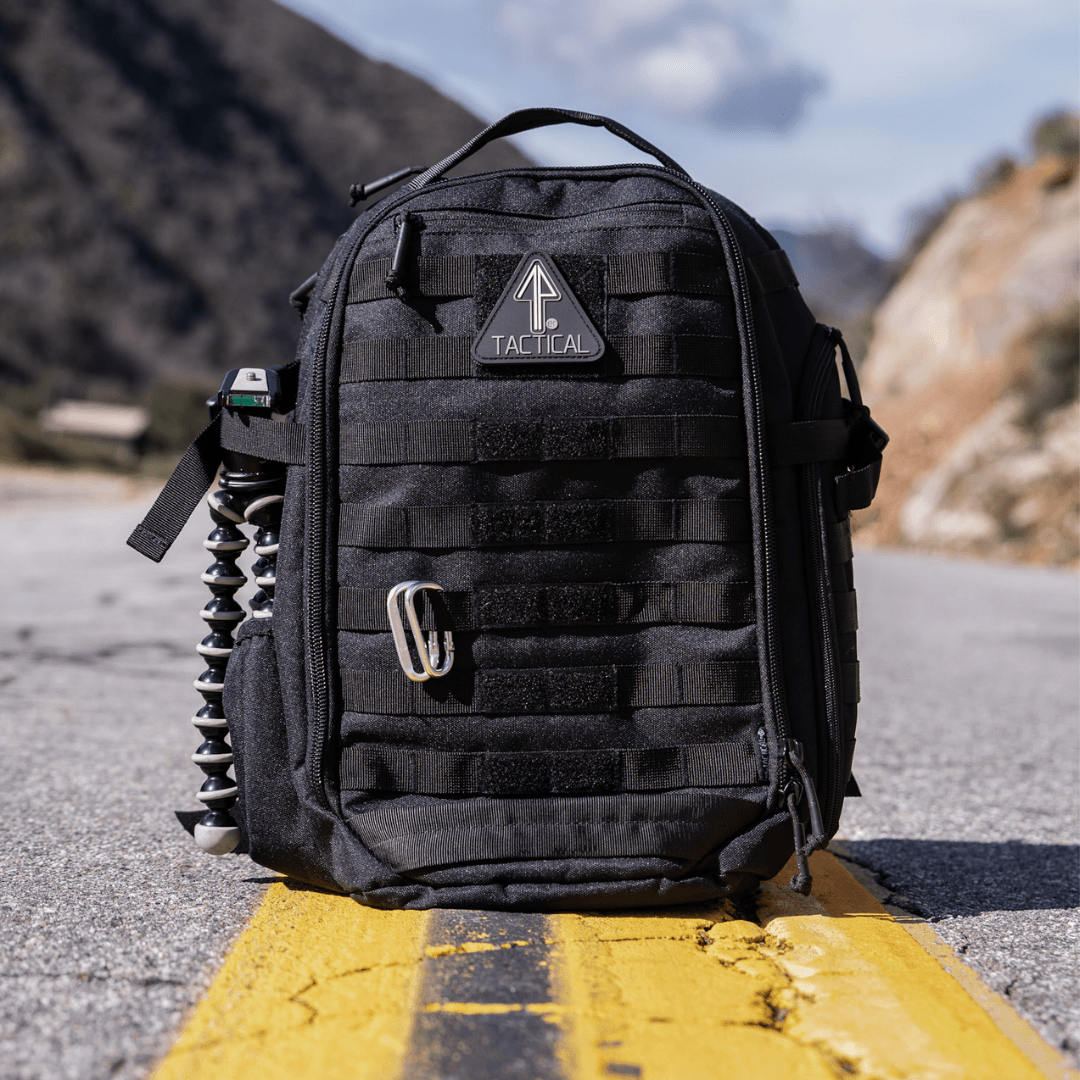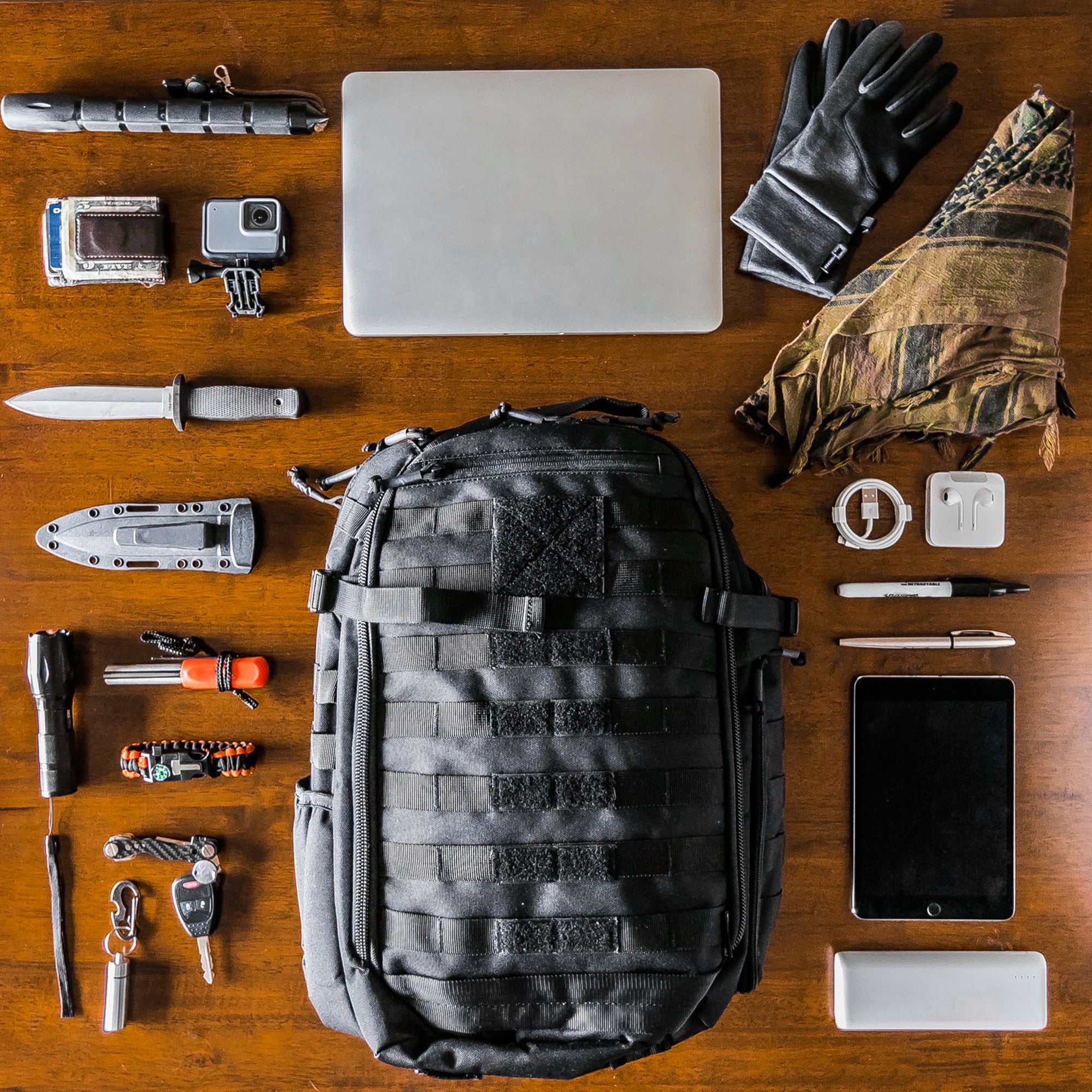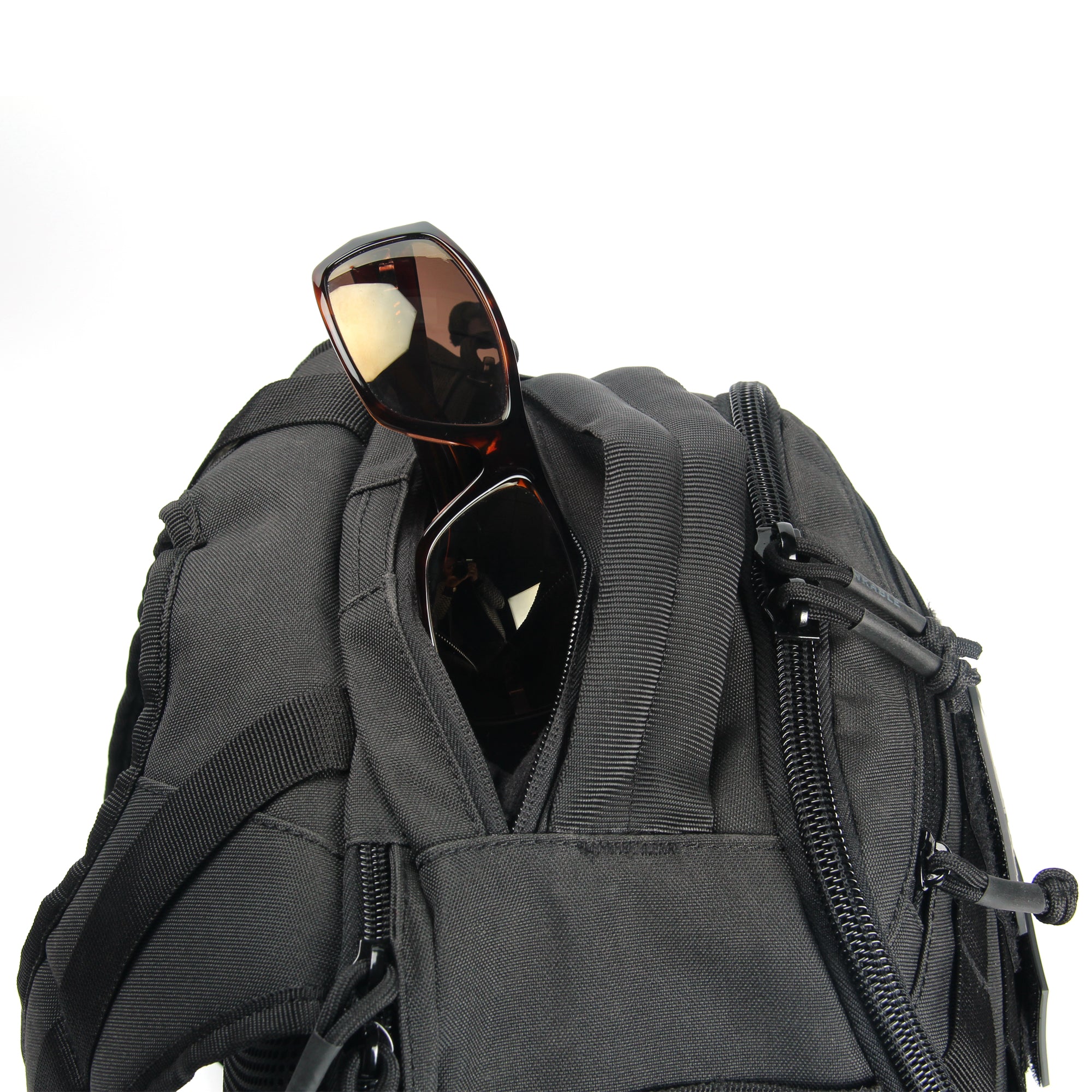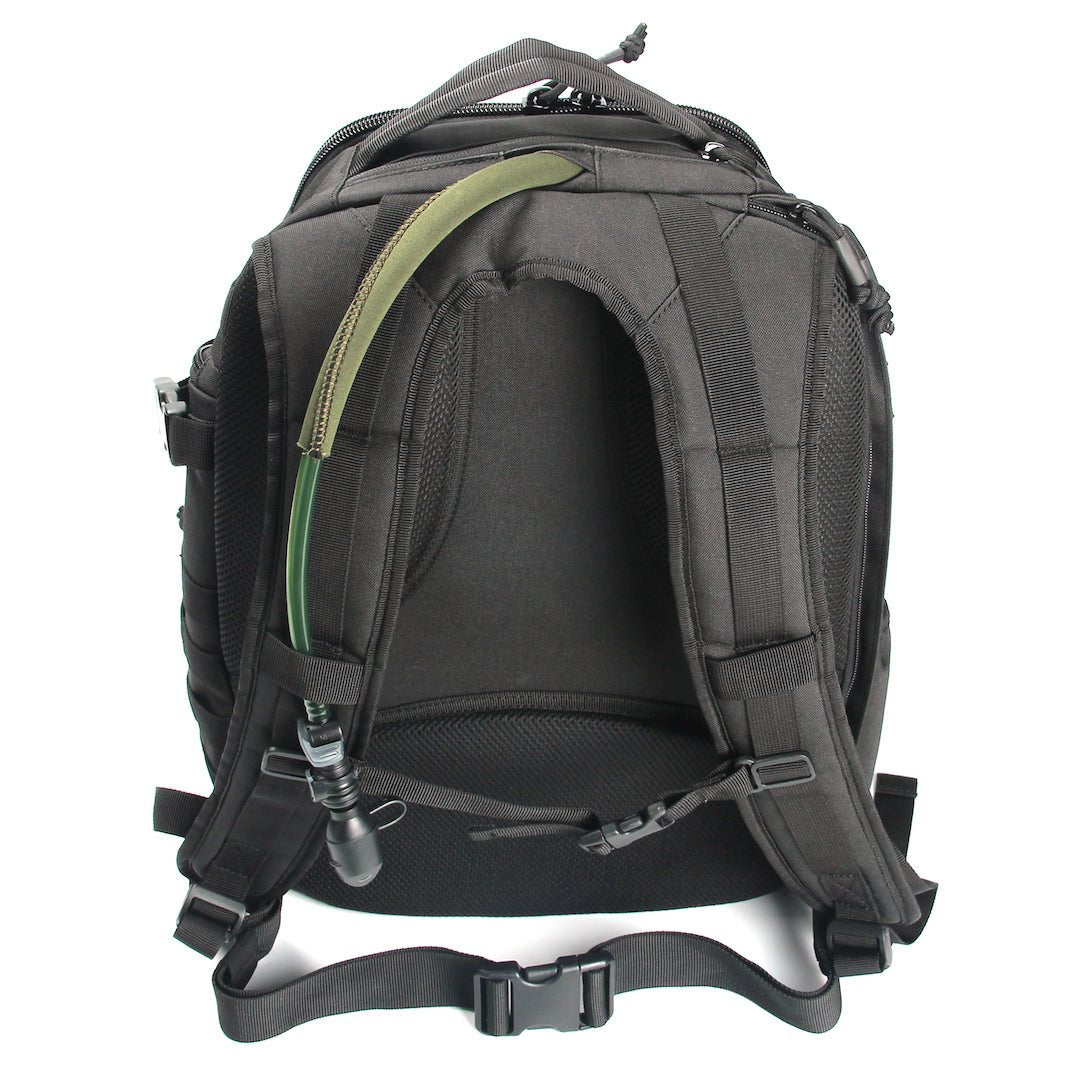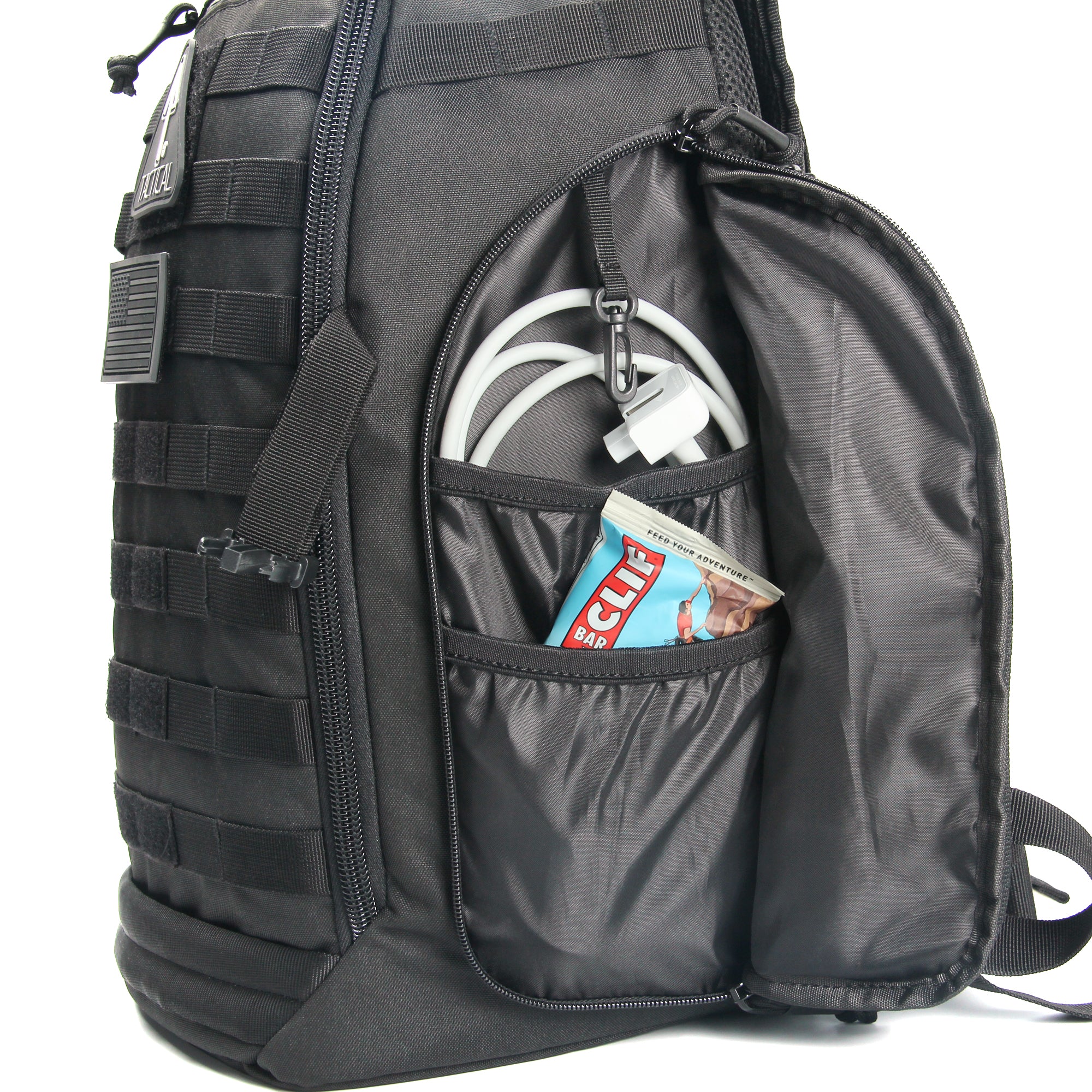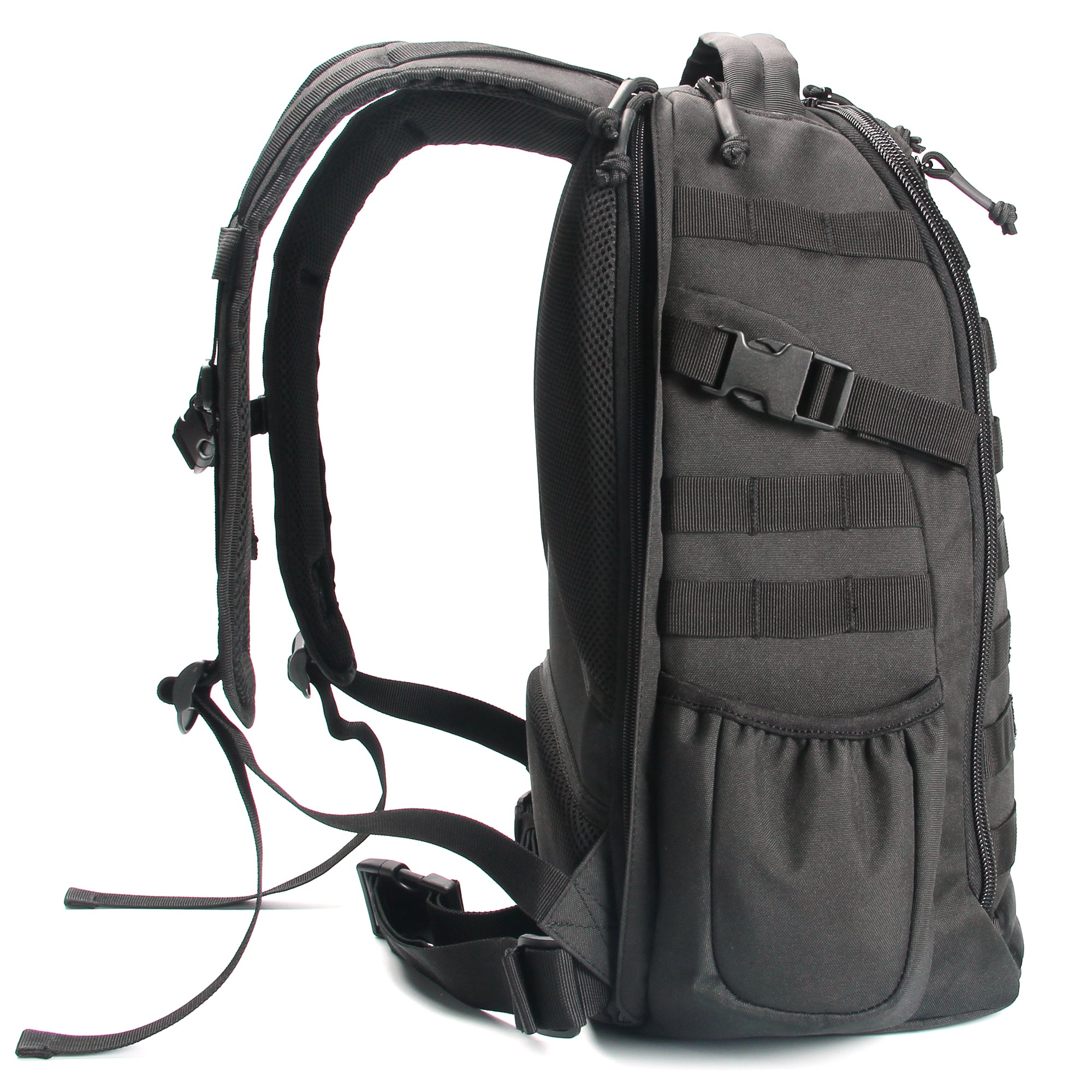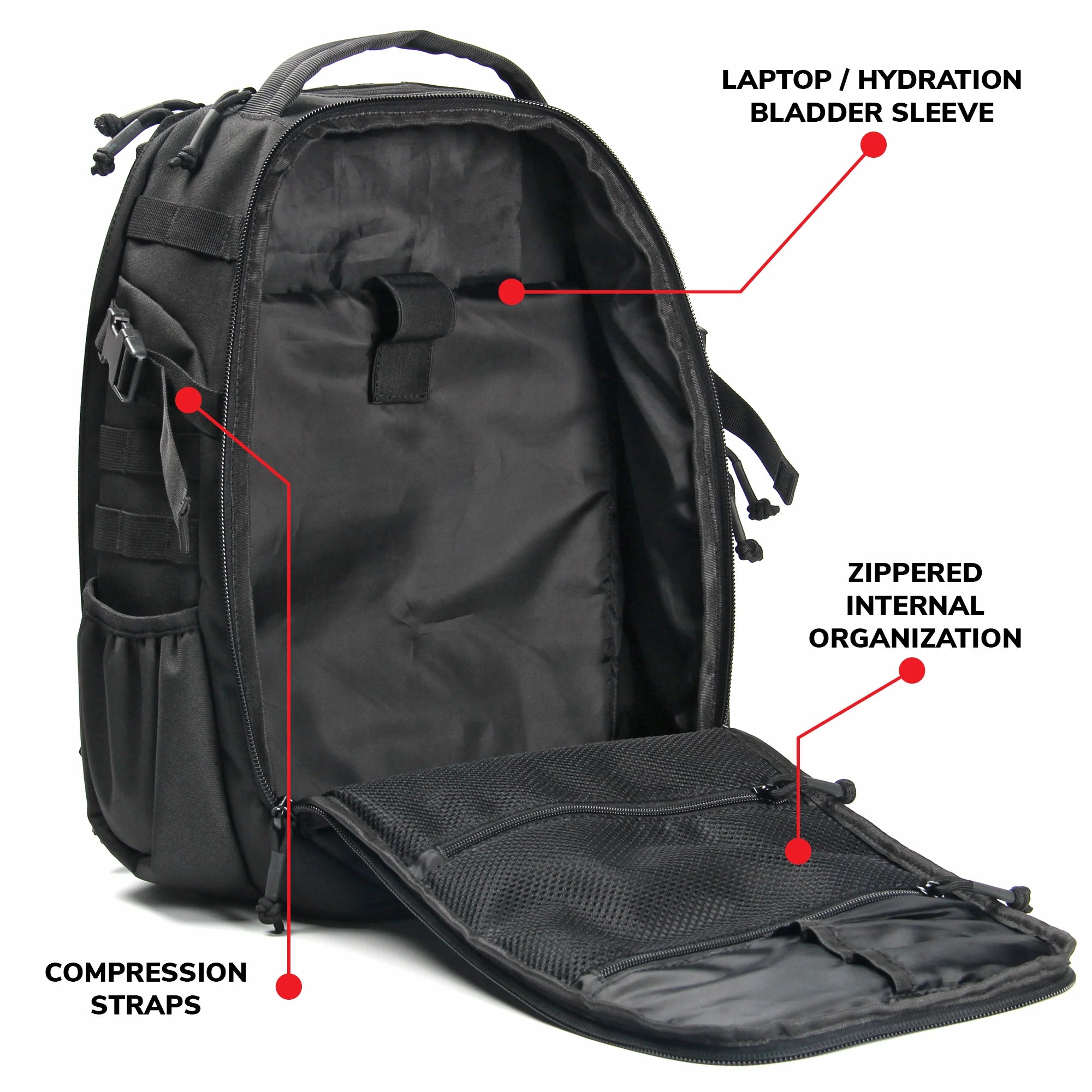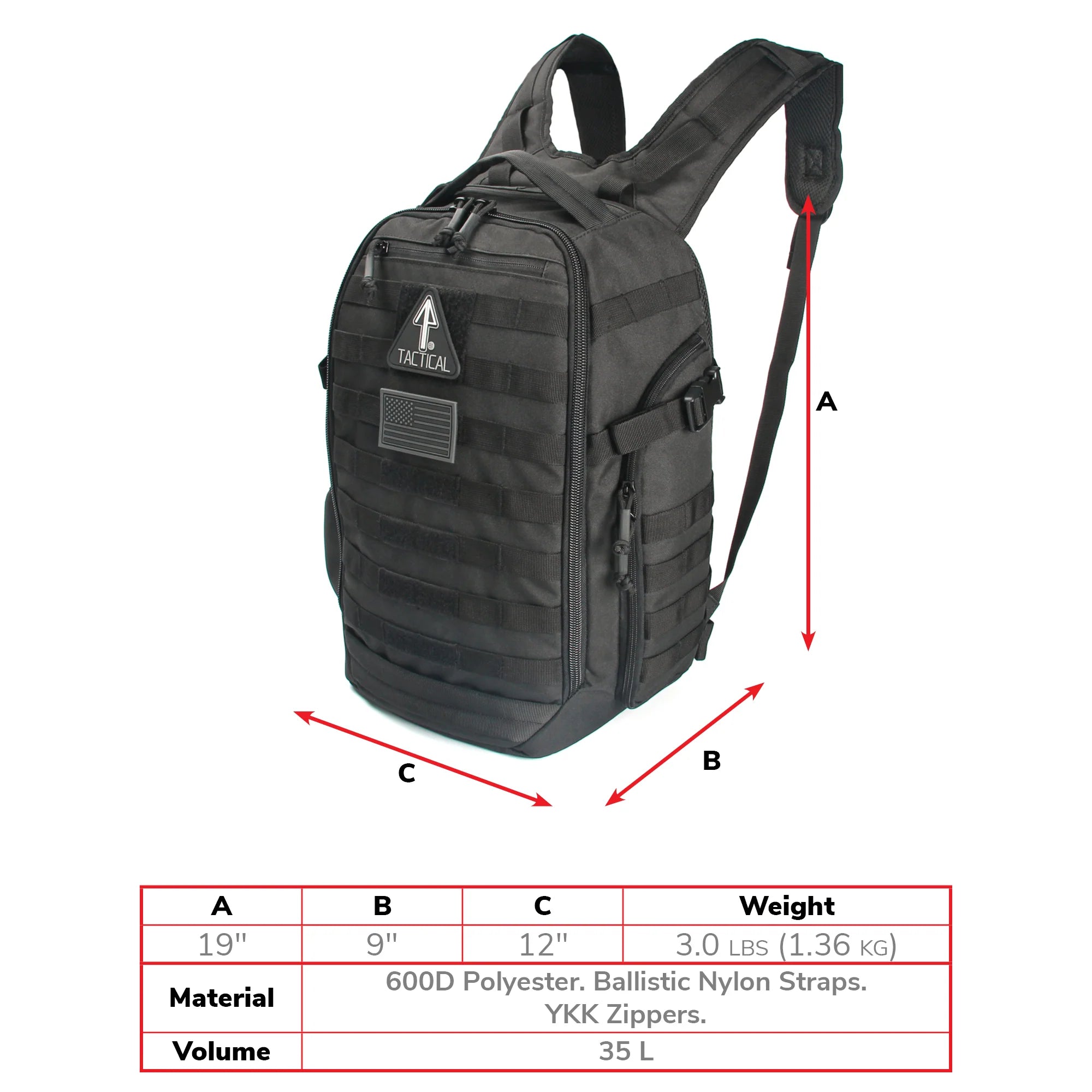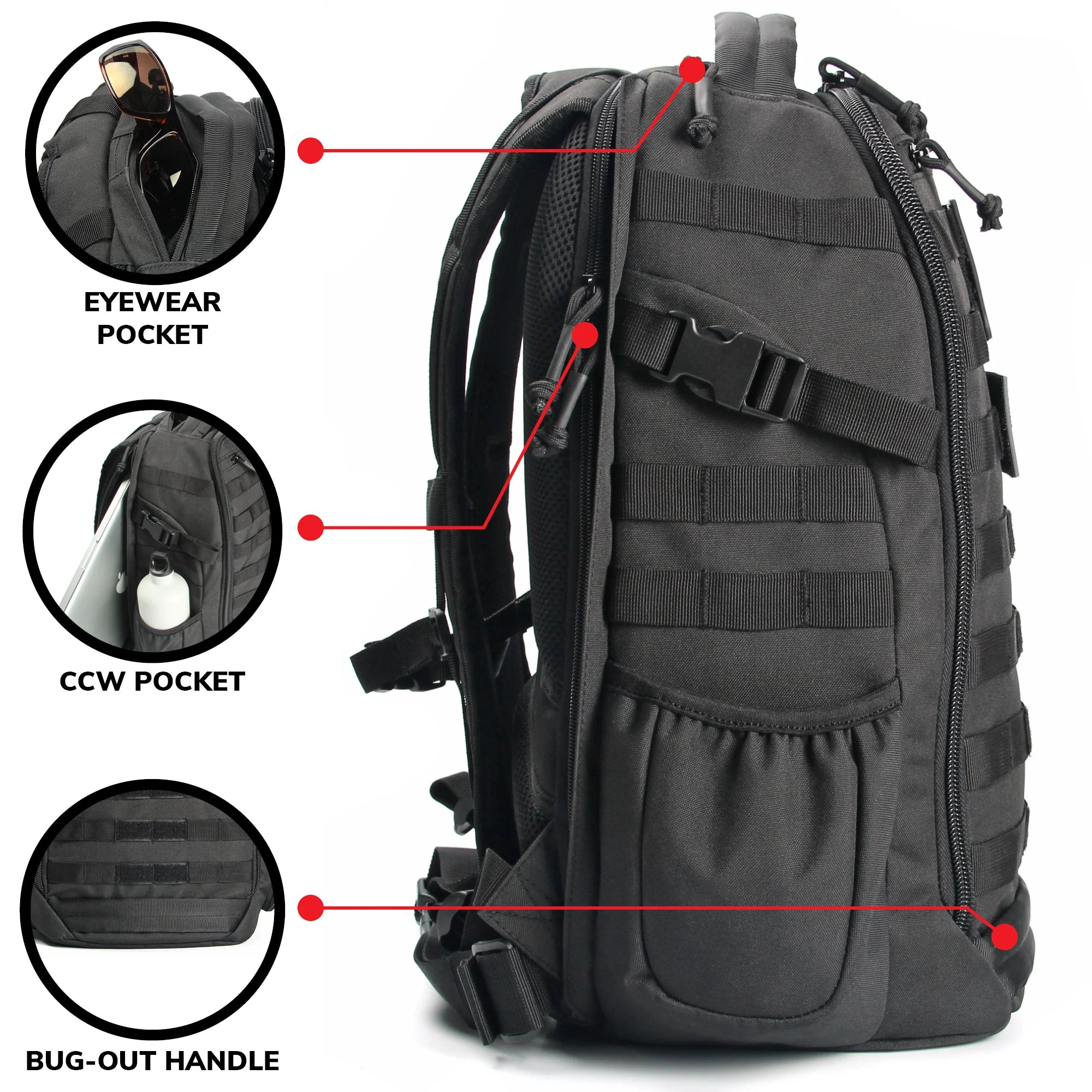
Ever watched the film Predator? In this classic film, a team of mercenaries descend on ropes into the jungle from their helicopter. The chopper is unable to land, so a rope descent is their best option to get to the ground.
It’s a cool technique that looks great on film and just as great in real life. Fast-roping is a tried-and-true tactical insertion move that Special Forces personnel can do. While it looks simple enough, it’s actually a challenging maneuver to pull off.
What Is Fast-Roping?
Here’s a scene to picture: a tactical helicopter approaches a drop point where units are to be deployed. Navy SEALs, perhaps, or Army Rangers—or even SWAT teams. The terrain won’t allow the helicopter to land. So how do the tactical personnel get on the ground for the operation?
Fast-roping is the answer. In this Special Forces technique, a thick rope hangs down to the landing surface and the units slide down the rope using their hands. This rope descent technique is similar to that of a firefighter sliding down a firehouse pole.
There are several different methods of fast-roping, although they all involve making a rapid descent on a rope that is secured from a helicopter mount (the lower end of the rope can be loose). US Marines are trained to use their legs and feet to help control their descent. Other military groups, such as the British Armed Forces, are trained to use their hands only.

How Is Fast-Roping Different from Rappelling?
You might see someone fast-roping and think that they are rappelling—another Special Forces technique for pulling off a quick rope descent. While the techniques are very similar, there are a number of key differences.
Fast-roping emphasizes speed, as you might expect. You simply grab onto the rope and slide down—no fuss! You don’t need to stop to put on a harness. Rappelling generally requires you to first slip into a harness and hook yourself to a descender. This is a device that aids you in making a controlled descent on a rope.
Rappelling takes time to set up and the descent is slightly less quick due to the friction from more moving parts. It is a safe and methodical method of rope descent, and must be recommended over fast-roping in situations that do not require the instant deployment of personnel.
Some situations require you to sacrifice some degree of safety to achieve a faster descent. For example, you may require helicopter insertion to get a rescuer to a victim in dire need of immediate medical attention. Military operations, of course, may require fast-roping for tactical insertion of troops in an enemy-controlled area—where one would not have the luxury to set up a rappel. SWAT teams might employ the tactic in a bid to overwhelm hostage takers. You can probably come up with more scenarios.
What Are the Risks of Fast-Roping?
In fast-roping, you generally have a rope that hangs freely from a helicopter, on which you make a rapid descent without using a harness, descender or other safety gear. You simply grab hold of the rope and slide down. As you might expect, this kind of speedy deployment comes with the possibility of injury. The injuries one can sustain from fast-roping mishaps are similar to fall injuries resulting from parachute jump failure.
When you perform fast-roping, you risk incurring some sort of accident—with a higher risk involved during stressful situations such as combat missions or even exercises. Personnel have seen harm from missing the rope or getting knocked off the rope by some external force. One can also fall off the rope or be hit by a fast-roping teammate who descends too quickly. With less of a controlled descent, fast-roping can lead to an unpredictable situation where one’s safety is at risk.
Fast-roping is best performed by a trained operative. While it looks incredibly simple, the technique is not for the faint of heart! Even trained military units have been known to miss the rope altogether! Before you get into fast-roping, you should maintain top level fitness and learn how to rappel. That will make you more comfortable dealing with descents from high places.

Why Do Fast-Roping Anyway?
Military troops all over the world get trained in fast-roping techniques. They don’t do it for fun. They do it to have the capability of high-speed tactical insertion in difficult-to-reach landing points. It gives you a tactical advantage—that’s what we’re here for!
From what we know, fast-roping as a Special Forces technique was pioneered by the British Armed Forces, who first used it for helicopter insertion during the Falklands War. When it was initially introduced, the first unit to descend would hold the rope from the ground, keeping it steady for the next person to go down. That aspect of fast-roping has largely gotten defunct.
Today, no one stays to hold the rope. Instead, a sandbag at the end of the rope weighs it down. That keeps the lower end in place, more or less, and holds the line steady (to a degree).
Can Civilians Learn Fast-Roping?
In a world full of extreme sports, fast-roping can’t be said to be too damn risky for a civilian to attempt. You can surely think of far riskier pursuits, such as wingsuit flying or high-speed motorcycle racing.
Fast-roping does lack the appeal of other high-adrenaline activities. It’s barely different from sliding down a firehouse pole. It’s one quick rope descent, and you’re done. There’s not a lot to it. Fast-roping is best performed in combination with other tactical maneuvers to simulate a combat mission. Otherwise, it hardly seems worth the effort of doing it alone.
You will also need access to a helicopter. Fast-roping could work in many scenarios where rappelling is done—going down the side of the building, for example. But that simply doesn’t have the same look and feel as doing a helicopter insertion maneuver. If you’re gonna try fast-roping, you want to do it the way it’s shown in movies. Otherwise, you might as well go rappelling.
If you do want to get trained in fast-roping, your best bet as a civilian is probably getting a very specific type of law enforcement job. SWAT teams would be good to join, if they will accept you.

In What Famous Military Operations Was Fast Roping Used?
Fast-roping is a deceptively simple-looking technique that is actually a high-risk tactical maneuver. It looks very cool, and that’s why it’s appeared in movies such as Predator and S.W.A.T. But it’s still an effective tactical Insertion move that has been performed in many actual military operations.
The Battle of Mogadishu, famously depicted in the film Black Hawk Down, involved members of the Delta Force and US Army Rangers fast-roping for quick insertion into the action. The film depicts a Ranger who has a mishap while fast-roping when an RPG is fired at the helicopter. In the book, no such RPG attack happened; the Ranger falls by accident.
Operation Neptune Spear was the mission in which US Navy SEALs entered the secret compound of Osama bin Laden, who was killed in the action. The SEALs utilized fast-roping to descend from helicopters into the compound.
The 1989 US invasion of Panama occurred after a rise in hostilities between the US and Panama, exacerbated by the killing of a US Marine in an incident. The invasion, codenamed Operation Just Cause, saw US Special Forces units using fast-roping for quick insertion. The operation resulted in the deposition and capture of Manuel Noriega.
Fast-roping remains a popular tactic for combat and counter-terrorism operations around the world to this day. Though it’s a good skill to have, it’s unlikely to come up unless you are in military or law enforcement. For everyday tactical preparedness, we recommend training a variety of other skills. Fast-roping is certainly cool, though, and if you want to get into it, we can’t blame you!


